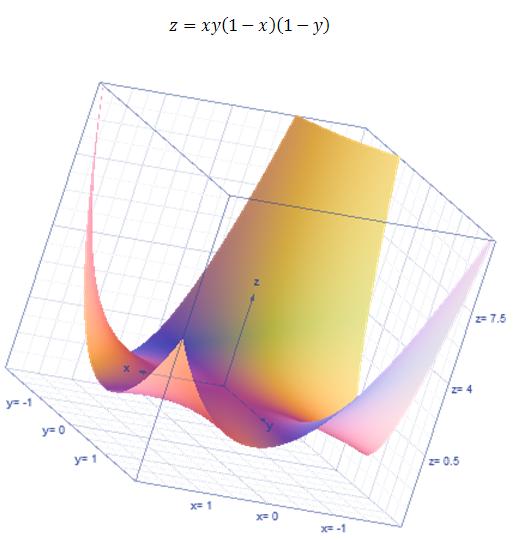Apologia
I have a confession to make: All of my teaching documents are created in MS Word. Among professional mathematicians, this is heresy. Don’t get me wrong, I know and love and appreciate all the features of LaTeX. In fact, in graduate school, I took my laptop with me to classes and took lecture notes “real-time” in LaTeX, keeping a running, self-updating Index, Table of Contents, and Bibliography.
I even really like writing in LaTeX, I like coding graphics and figures in TikZ, and for a while my favorite hobby was writing the LaTeX code for a great out-of-print book called Algebras, Lattices, and Varieties:Vol I (by McKenzie, McNulty, Taylor, ISBN 0534076513). In fact, you can see the PDF output of my efforts on Ralph Freese‘s course homepage for his universal algebra class. So for stuff I want to look really “pretty” (like the paper I published or my PhD dissertation), I’m down with all the LaTeX fans.
The problem is that I generate a lot of teaching documents. I provide my students with complete lecture notes for my courses, and as they will happily complain, they end up with a three-inch binder of printed materials. So I need something that I can quickly create and edit from a variety of places. Getting WinEdt installed with all the LaTeX packages I use, on machines that I don’t own or Administrate, it is beyond my threshold for acceptable frustration. So, hello Microsoft Word, my dear old friend!
Mathematics in Microsoft Word
If you haven’t used the built-in Equation Editor in Microsoft Word in a while, you might be happily surprised with what it can do now. First, I can input an equation easily using [Alt]-[=], and they are WYSIWYG. No compile/view/re-compile process! Second, it has gotten a lot easier to save a Word document as a PDF file. (I should say that I’ve had some difficulty getting the PDF producer to “play nice” with parentheses, but in that case I can always revert to CutePDF.)
Third, and most important, the Equation Editor has learned some LaTeX. It knows the stuff you use most often: Things like “\ldots” and “\delta” and “\Int_0^2” all do exactly what you think they should. It even has some {align} or {eqnarray} environment functionality, where you can align a series of equations at an equals sign.
But none of this is as cool as the Mathematics Add-In.
Microsoft Mathematics Add-In
It’s a computational engine that will display graphs, solve equations, and do lots of things your favorite graphing calculator can do, too. It’s available free at http://www.microsoft.com/en-us/download/details.aspx?displaylang=en&id=17786.
It will generate awesome graphs of multivariable functions easily:
Did I mention that it is free?!?
If you want some quick documentation on how to use the Add-In, check out these Dropbox files: docx format or pdf format.
If you want some longer documentation, Microsoft has a support webpage with even more information. I found out about the Mathematics Add-In from a brief article I read, I think in The Mathematics Teacher, that I can’t find now! It made me scream, “How come no one told me about this sooner?! It’s awesome!” So check it out.

